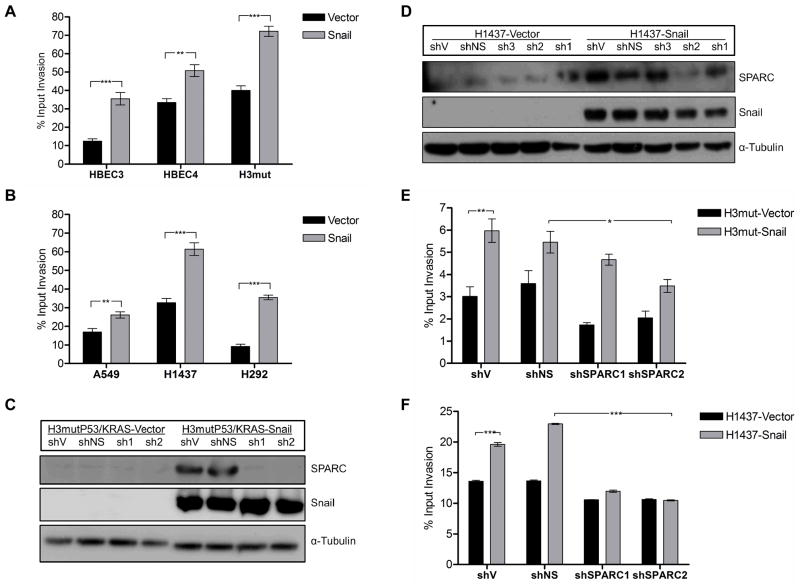Figure 2. Snail overexpression leads to SPARC-dependent increased invasion in premalignant and established NSCLC.
(A) The invasive capacity of the HBEC lines HBEC3, HBEC4, and H3mutP53/KRAS (H3mut) with and without Snail overexpression were evaluated in a modified Boyden chamber assay for invasion through a collagen matrix over 48 hrs. Fluorescence values were divided by maximum input fluorescence measured on Day 0 for each cell line to derive a percent input invasion value. (B) The NSCLC cell lines A549, H1437, and H292 with and without Snail overexpression were evaluated as in (A). (C–F) SPARC shRNA sequences (sh1, sh2, sh3) were stably transfected into H3mut and H1437 vector control and Snail-overexpressing cell lines along with a nonsilencing (NS) shRNA control. Protein level expression of SPARC, Snail, and α-Tubulin were evaluated in the HBEC (C) and NSCLC (D) lines by western blot. The HBEC (E) and NSCLC lines (F) were also evaluated in a modified Boyden chamber assay for invasion through a collagen matrix over 48 hrs. The following comparisons were made for both cell types: (1) Vector versus Snail cells transduced with shV and (2) Snail cells transduced with shNS versus shSPARC2. (* = p < 0.05; ** = p < 0.001; *** = p < 0.0001)

